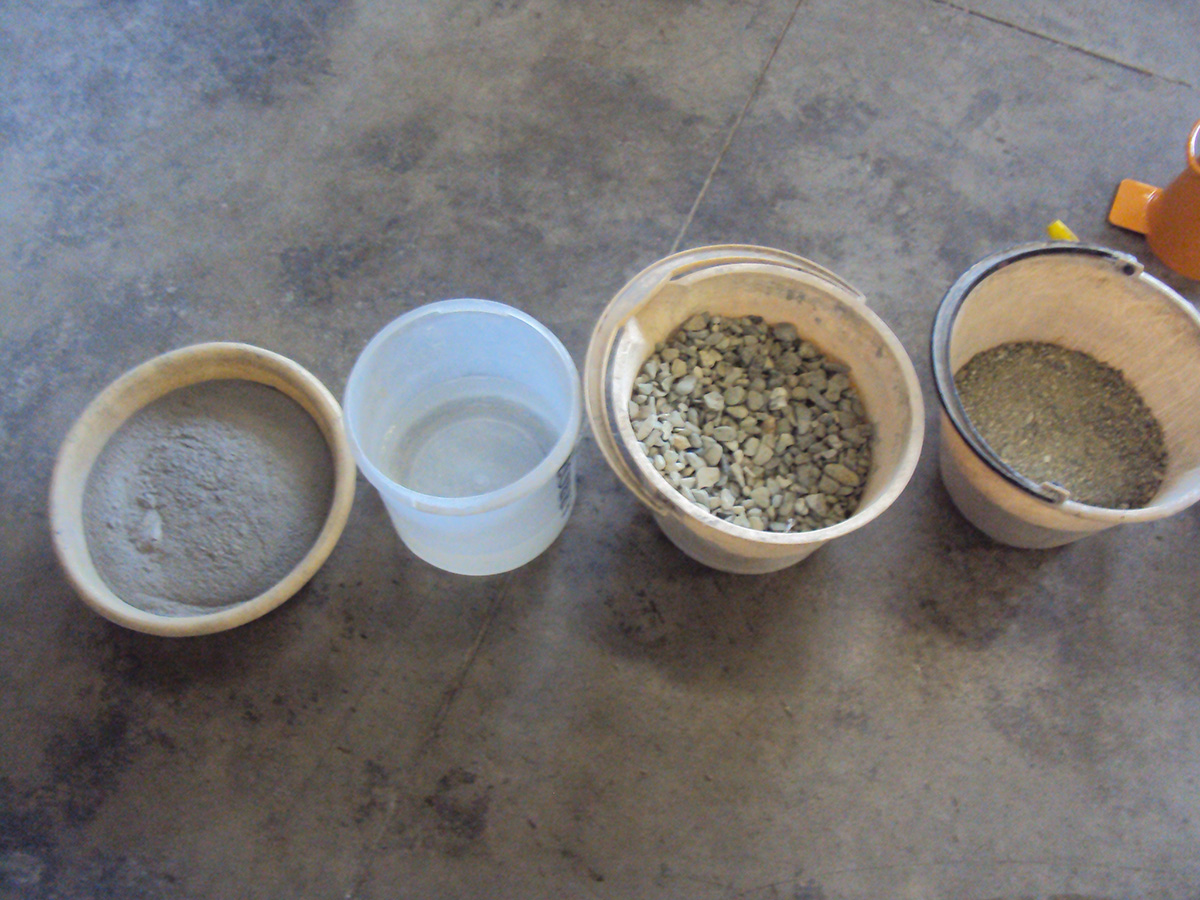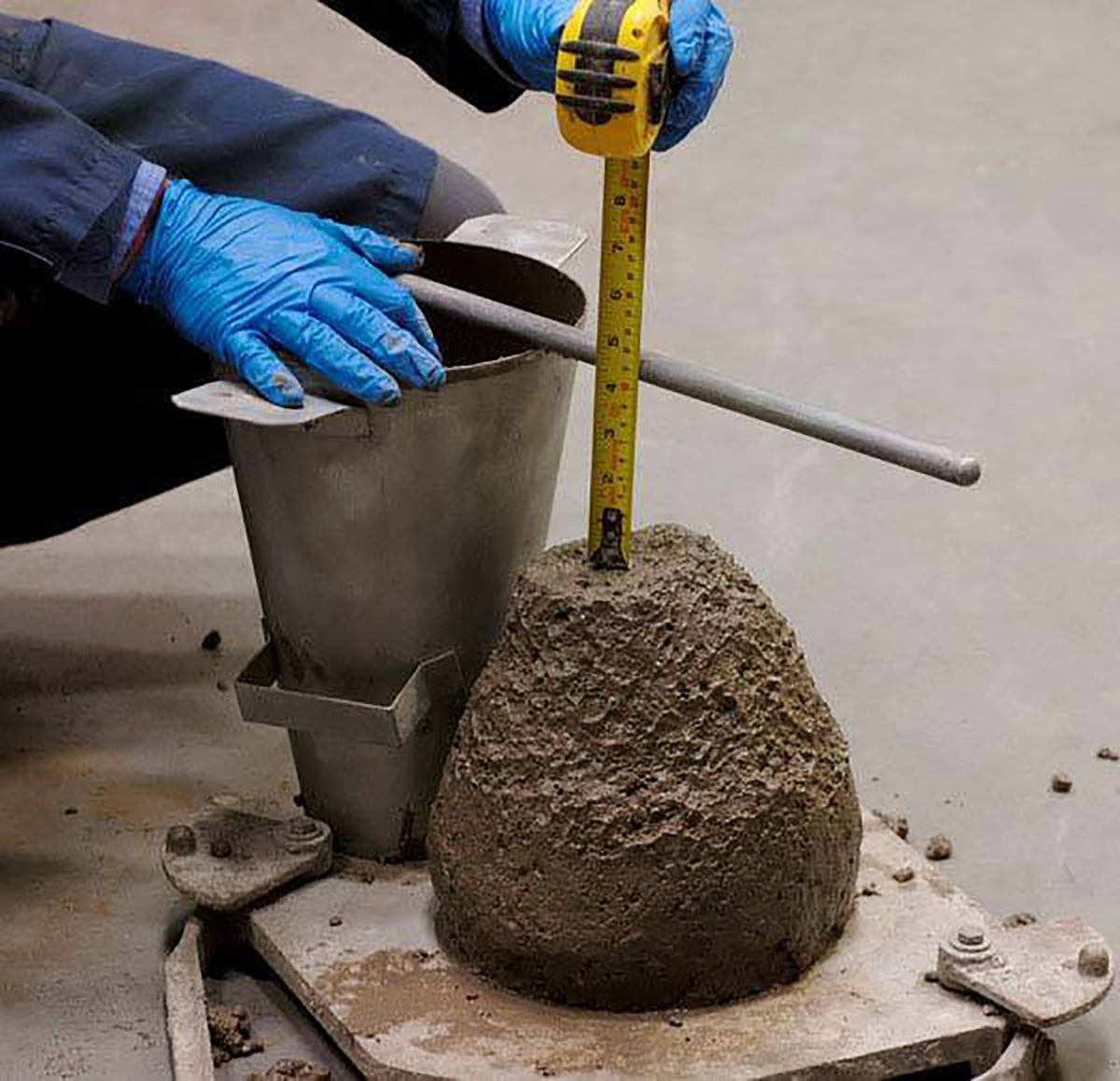The formula used by Universidad Nacional de Colombia (UNal) in Medellín School of Construction Professor Carlos Mauricio Bedoya was to use the same design but smaller to manufacture a modified Abrams cone.
"The concrete footprint left by concrete is a worrisome issue for the world, among other things for the carbon dioxide emissions produced by the production process. Therefore if we reduce the consumption of non-renewable materials, we all win," said Bedoya in reference to one of the benefits of the modification.
An Abrams cone is usually 30 cm (11.8 in) high and is used to pour three layers of the mixture which is left to sit to analyze the quality of the material which on average is 15 kg (33 pounds.)
The cone modification was applied for a 20 cm (7.8 in) cone as well as for its semi-round end, achieving the same function with a consumption of 4.8 kg (10.5 pounds) of the mixture, for 68% material savings.
"Abrams cones may be manufactured in several materials. It is important for the surface of the cone not to have an absorbent or anticorrosive surface," said Bedoya, who used stainless steel and painted the cones with epoxy paint.
Analyzing mixtures is essential for construction and this is why Bedoya worked for two years to modify the cone until obtaining a successful result.
As samples are discarded after the slump tests, modifying the cone is important because it produces fewer amounts of waste and rubble.
For Bedoya, this was concerning, because it is not only the 15 kg, but in reality many samples are produced a day. The laboratories which receive mixtures for workability tests have good amounts of wasted concrete.
"Another benefit is ergonomy, which translates into less weight for men and women workers to haul. In Colombia occupational health regulations indicate that women should only lift half the weight of men," he said.
"Producing smaller samples helped me in my tests with small and thin undergraduate girls who participated more in the laboratory tests as the cones were lighter and smaller," he said.
The modified Abrams cone is now in the patent pending process and hopes that in the future its use will be widespread.
 Correo Electrónico
Correo Electrónico
 DNINFOA - SIA
DNINFOA - SIA
 Bibliotecas
Bibliotecas
 Convocatorias
Convocatorias
 Identidad UNAL
Identidad UNAL








